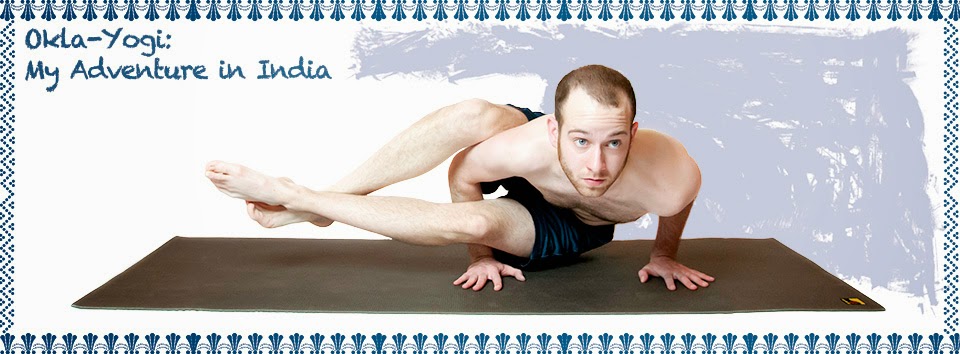Happy Sanskrit Friday!
Today is the next installment of the "Anatomy Sanskrit" series! We will be learning both animals and anatomy words over the next couple months.

Today's word is हस्त. It's pronounced huhst or huh-stuh in English and means hand. In the States you sometimes hear it as hah-stuh.
-----Pronunciation----- Listen and hear the Sanskrit pronunciation below.
You see the word used in combination with असन (asana, or pose) AND another word to make a pose name. Strangely handstands in yoga practice aren't called "hastasana" but actually downward facing tree (adho mukha vrksasana). Here are several pose names you may have heard in class:
Sanskrit is the universal language of yoga and connects us all together. It's like music.
Thanks for reading. You've got another Sanskrit word under your belt! For tips on learning how to read and write in Sanskrit in its native script, read my post here.
Thank you! Until next week. नमस्ते,
Tyler
Today is the next installment of the "Anatomy Sanskrit" series! We will be learning both animals and anatomy words over the next couple months.

-----Pronunciation----- Listen and hear the Sanskrit pronunciation below.
You see the word used in combination with असन (asana, or pose) AND another word to make a pose name. Strangely handstands in yoga practice aren't called "hastasana" but actually downward facing tree (adho mukha vrksasana). Here are several pose names you may have heard in class:
- उत्थित हसत पादाङ्गुष्ठासन utthita hasta padangusthasana = "standing hand to big toe pose"
- सुपत हसत पादाङ्गुष्ठासन supta hasta padangusthasana = "reclined hand to big toe pose"
- पादहस्तासन padahastasana = "foot to hand pose"
- ऊर्ध्व हस्तासन urdhva hastasana = "raised arms pose"
Sanskrit is the universal language of yoga and connects us all together. It's like music.
Thanks for reading. You've got another Sanskrit word under your belt! For tips on learning how to read and write in Sanskrit in its native script, read my post here.
Thank you! Until next week. नमस्ते,
Tyler

.png)

